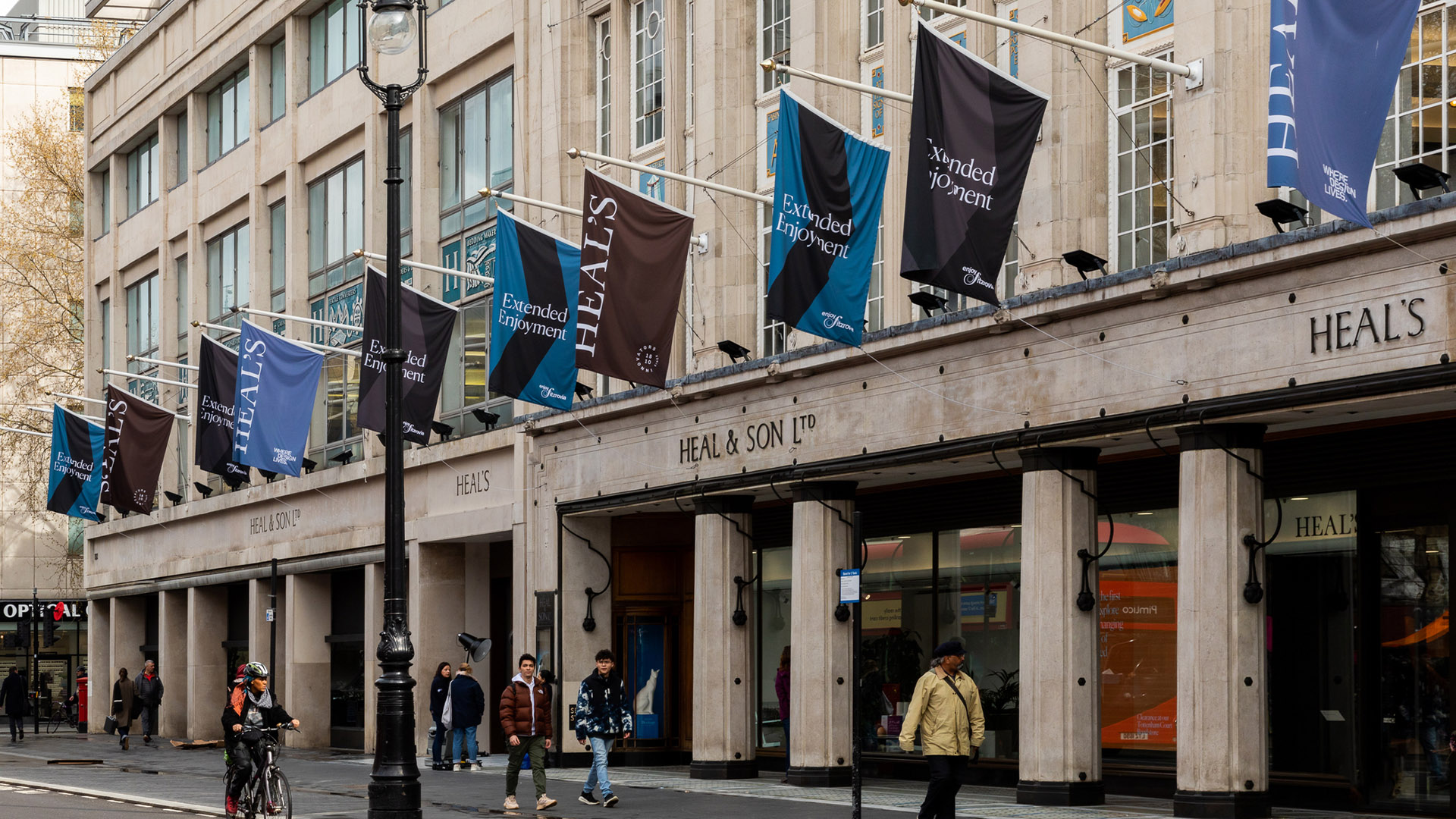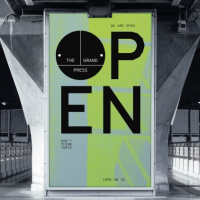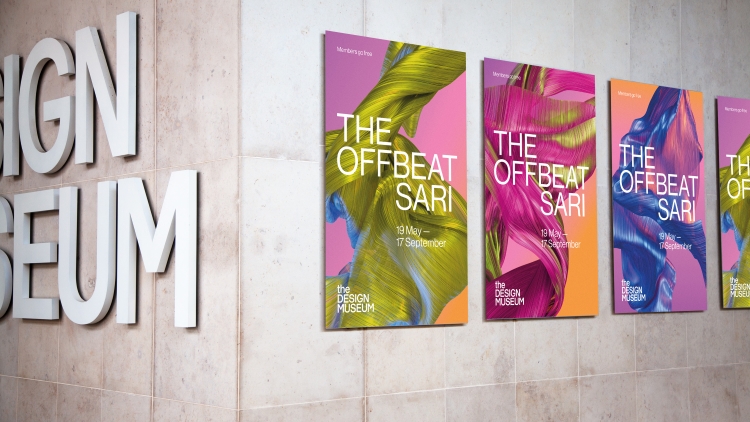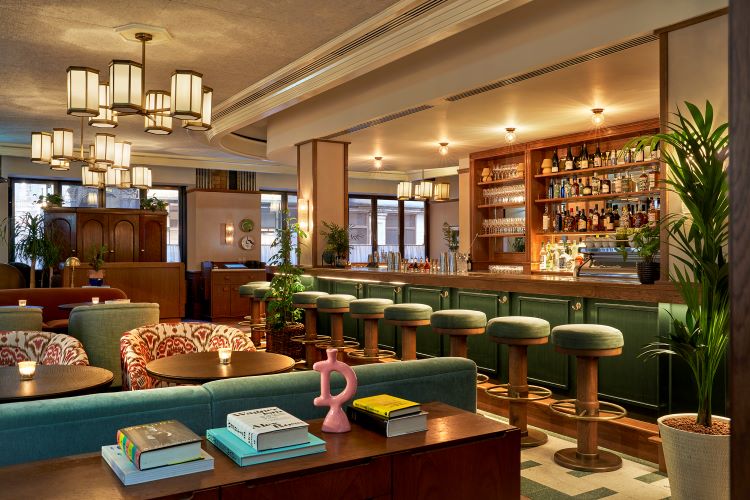“A beacon of design on the high street”: Heal’s renovates its flagship
A new renovation of Heal’s Tottenham Court Road store sees it expand its street frontage and prioritise services within its flagship offering.
Furniture retailer Heal’s has renovated its flagship store on London’s Tottenham Court Road, looking to reclaim its presence on the high street with a renewed focus on design services and its stock of “design icons” within central London.
Throughout Heal’s 200-year history, starting as a mattress retailer in 1810, there have been a number of changes on the site. The current Heal’s Building was built by Cecil Brewer in 1916 to house the expanding store, with further extensions in 1937 and 1962.
Following a decline in bricks-and-mortar retail and Heal’s own fortunes in recent years, the retailer reduced its spread across the flagship, while the upper floors of the building have been converted into workspace, The Manufactory, with branding by DN&CO.
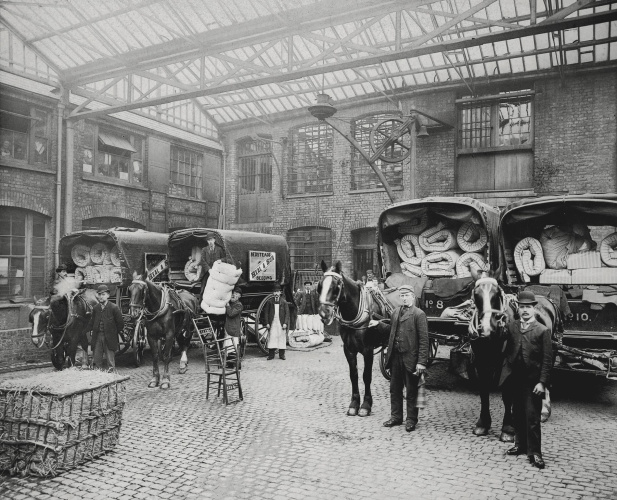
With the new renovation, Heal’s now occupies 49,000 sq ft of retail space across two floors and the whole of the street frontage, expanding into the Northern 1962 Fitzroy Robinson & Partners extension occupied by Habitat between 1966 and 2021.
“We’ve worked very closely with General Projects to ensure that we have protected the future of the business financially as well as it being a statement about where we are in the building, and how we fit into it”, says Heal’s CEO Hamish Mansbridge.
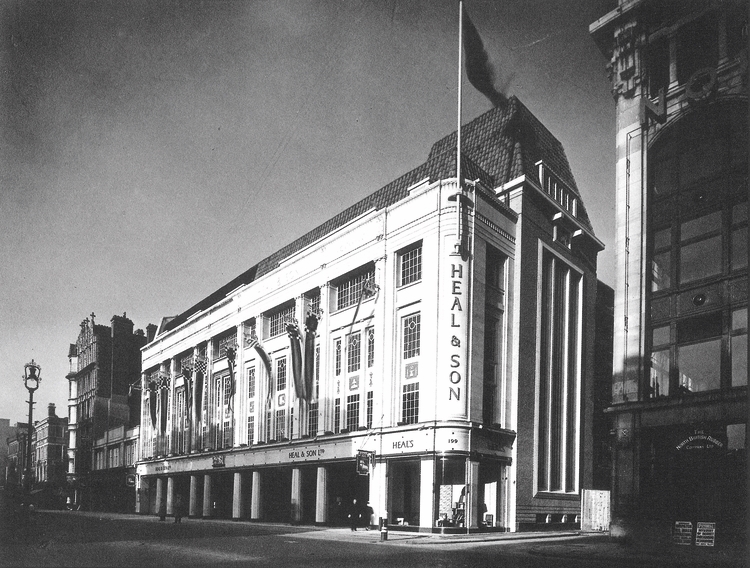
The new renovation and move back into this space is “very much an evolution of our place on Tottenham Court Road”, he adds. “The opportunity to go back to the ground floor presence, where we’ve got nearly 100 metres of frontage… it creates a really striking façade, and it really comes back to what it was meant to look like from the 1960s extension”.
“Heal’s always wanted to be at the forefront of design”
“Always throughout its history, Heal’s felt ahead of its time”, Mansbridge says. He discusses how for a time it was the biggest store in London with five floors and a basement, while beyond size, “Heal’s always wanted to be at the forefront of different movements within retail”, he adds.
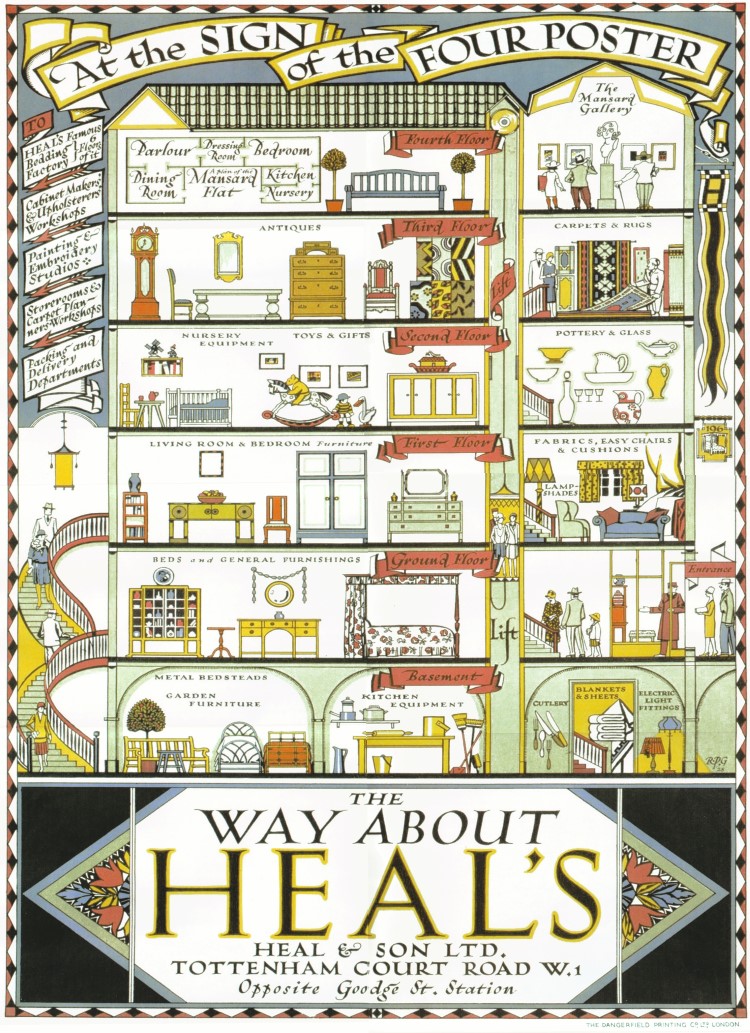
He mentions an early vegetarian restaurant, “or if you go all the way back to 1840, there was a female CEO, which is absolutely incredible”, he says.
While other Heal’s stores can provide a “presence” and still be “fantastic stores”, he explains, “this is and always will be the flagship”.
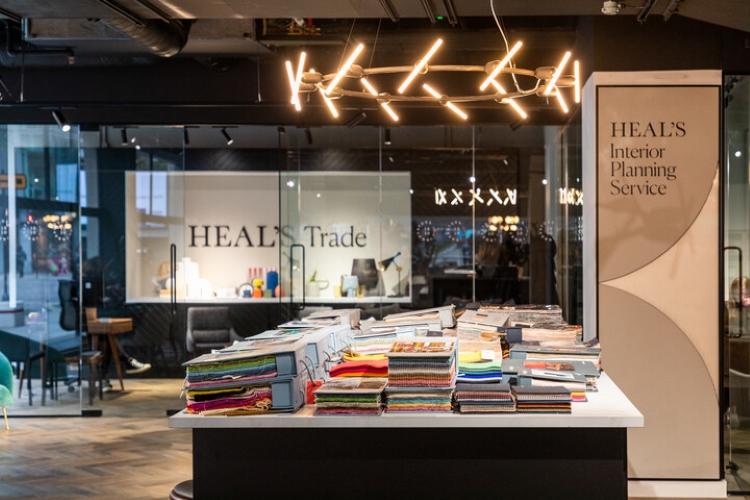
As Heal’s sought to redefine how spaces was used in the flagship, services such as the in-store Interior Design service have been moved to “a much more prominent position on the ground floor”, Mansbridge says.
“There was a lot of debate internally about whether we should give up ground floor space for our trade and interior planning service departments”, he says.
A place to experience iconic designs
According to Mansbridge, another important part of Heal’s offer is the opportunity to see “design icons” – such as an Eames Lounge chair or the Egg chair designed by Arne Jacobsen – in central London. New additions to its roster of brands will include Knoll, GUBI, Zanotta, HAY Furniture, Carpe Diem and Case Furniture.
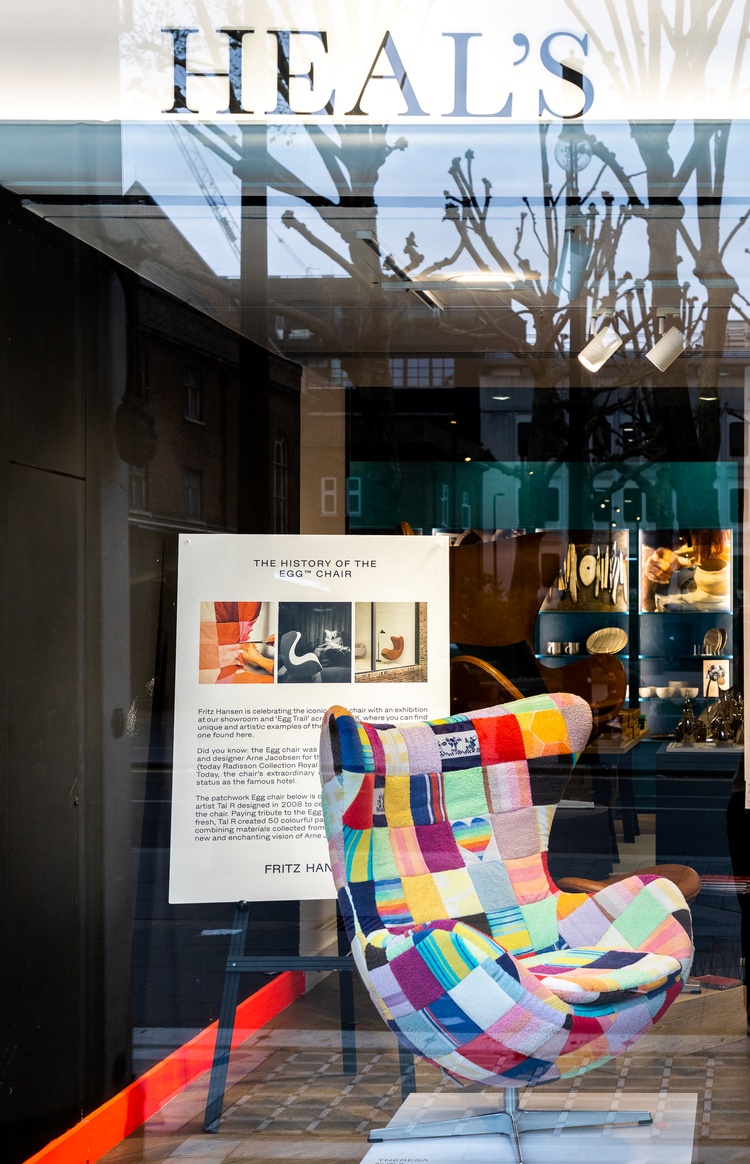
As well as being the “Home of design”, he says, “we are also the home of brands as well, so making investments in our curation and edit of the world’s leading furniture brands, so it really does offer something to everyone”.
A trio of statement staircases
Within the renovation of the Grade II* listed building Heal’s sought to celebrate architectural features, such as the Cecil Brewer spiral staircase – with Heal’s cat mascot placed half-way up – and Sir Edward Maufe’s multi-storey Lenscrete window, inspired by his design for Guildford Cathedral.
The journey through the space looks to highlight the different decorative periods of the building’s history. “It is sewing together all these disparate elements, but it just seems to make sense”, Mansbridge says.
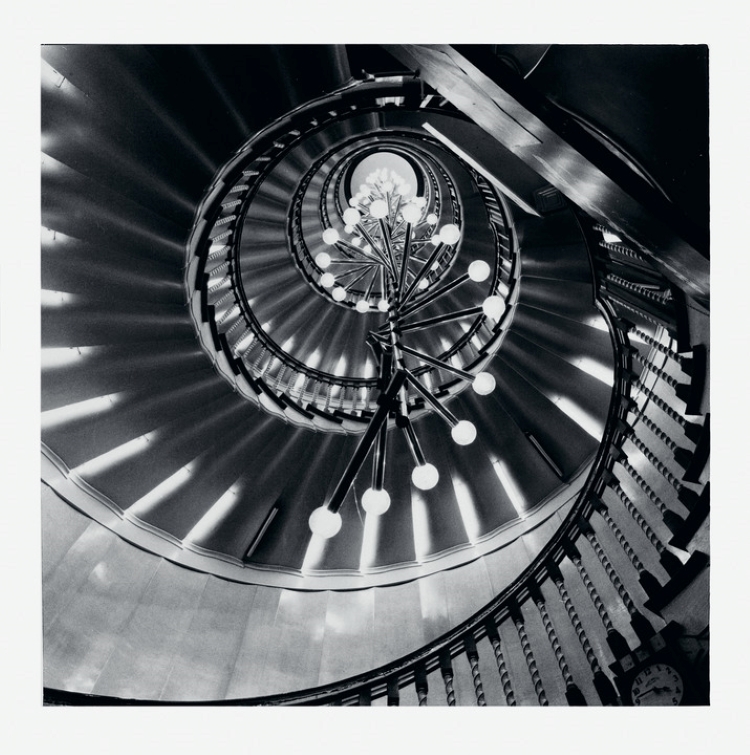
“We have done a very sympathetic renovation, continuing the flooring and lighting throughout in an identical fashion to make it a little bit easier as a modern shopping experience”.
The interiors were done by Heal’s internal design team and shopfitting team, while as part of the lease agreement “General Projects agreed to do a certain amount of the work”, Mansbridge says. “So we chose all the finishes, we went through months of discussion about what the store would look like, and how they would strip out the ceiling”.
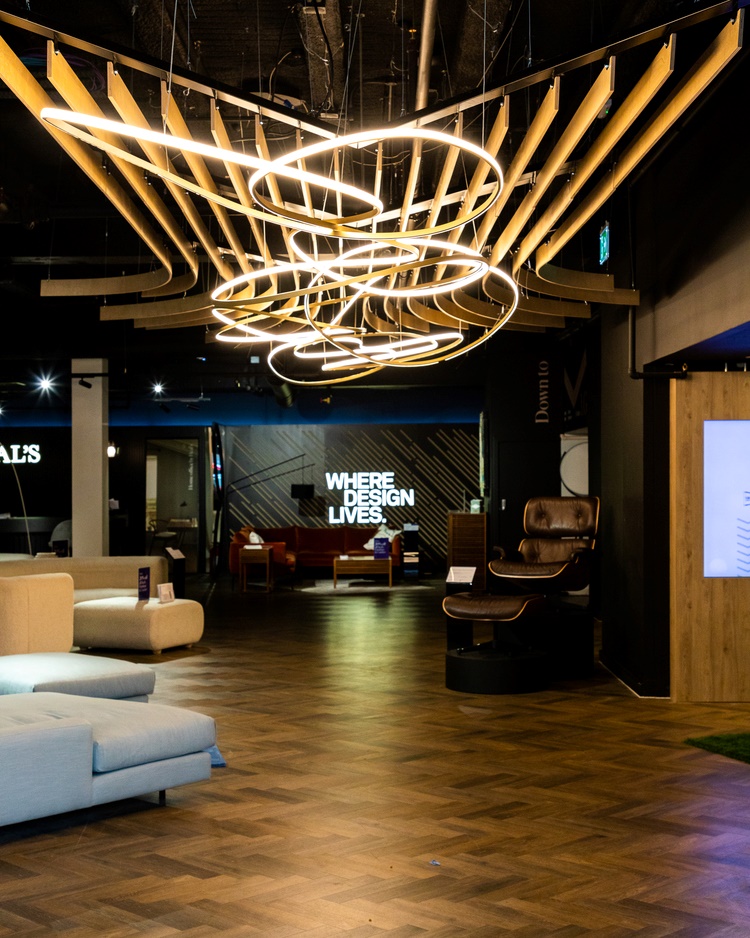
A new staircase to come later this year from Matthew Hilton will join the Brewer and Maufe staircases to create a “trio of iconic staircases” across the store, Mansbridge says. As part of the renovation, the 1936 Maufe staircase has now been opened up “exactly as in 1936, and in fact with the 1936 doors on it”, he adds.
New design features include a “galaxy of LED lighting” in the entrance – which is in fact a giant version of a light that Heal’s sells.
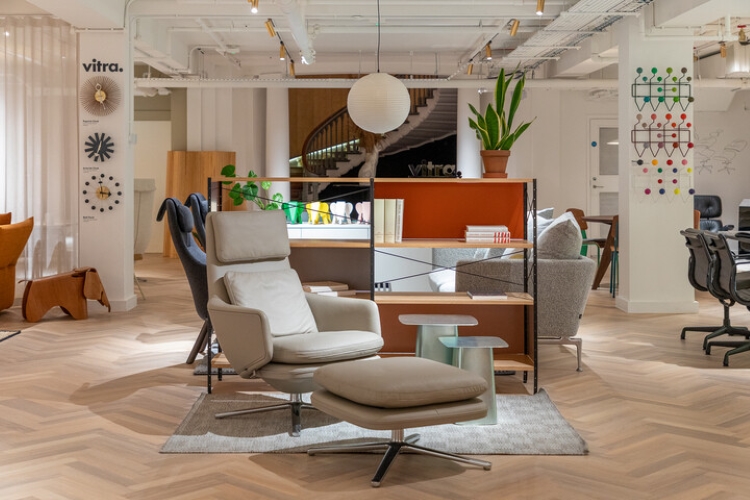
“We asked our supplier to produce a giant chandelier version, to showcase what can be done with something like that. So hopefully people will think it is fantastic and buy the small versions of that”, adding that bespoke options for customers may become an option in the future.
“A reestablishment of our credentials”
“Heal’s went through a really difficult time for many years from the early 2000s all the way up to 2015, 2016, 2017, but the team that we have put together here has done an incredible job of getting us back to what it should be: a beacon of quality design and craftmanship on the high street”, Mansbridge says.
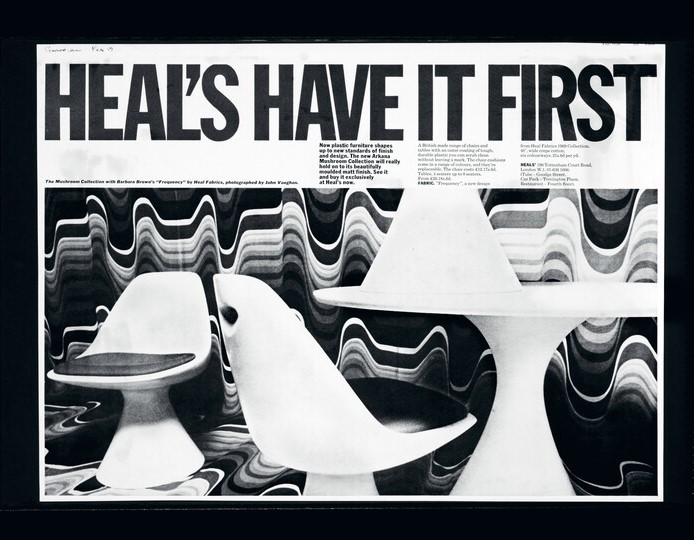
“It is fundamental to that that we have this flagship store. [Saying] that this is the home, the heart of where design lives, is critical to what we’re trying to achieve.
“All in all it feels like a real step forward and a reestablishment of our credentials as the destination for furniture shopping”.
-
Post a comment
